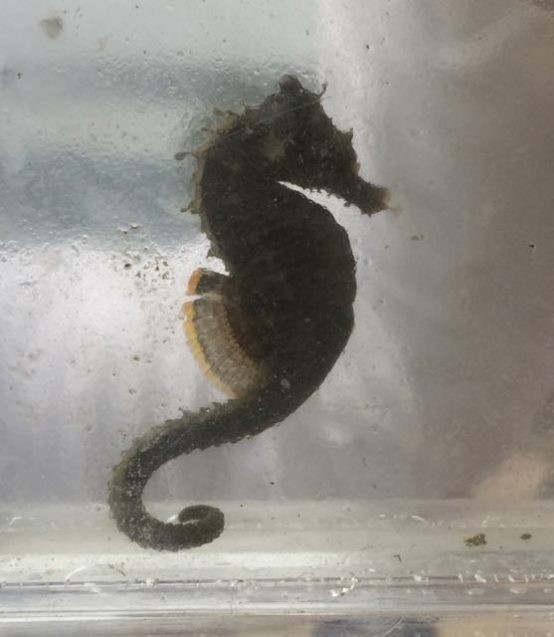New York’s Waterways are WILD: Come Explore at the Great Fish Count!
On June 2nd, residents in and around New York City can join scientists in exploring our estuary and assessing the diversity of our local waterways.
On Saturday June 2nd, residents of wider New York City are invited to join scientists in exploring our estuary and assessing the spring bounty and diversity of our local waterways. For the last 4 years, Lamont-Doherty Earth Observatory has teamed up with the World Science Festival and the NYS Department of Environmental Conservation to host this event. Attendees can help to haul the net and meet some of the local estuary marine ‘residents’ up close and personal at one of 17 different sites.

There are 227 different species of fish that have been identified to date in the Hudson River watershed, with almost all of the species documented by early settlers still present today. Over the last few years, the annual Spring Fish Count has netted 1038 fish representing 28 different species. The four most plentiful fish from our previous sampling events have been Atlantic silverside, bay anchovy, mummichog and Atlantic menhaden.

Silverside (often called spearing), anchovy, and mummichog are small forage fish found mostly in schools in salty and brackish water. They form an important part of the diets of many larger fish and marine birds. Male mummichog at this time of year are often found in full mating colors, their small bellies a vibrant yellow. The Atlantic menhaden, a herring, spawns offshore but the very young fish (often referred to as ‘peanut bunker’) drift into the estuary and use it as a nursery.

Most widely distributed of the fish we have netted during the fish count are winter flounder, bay anchovy and northern pipefish, each having been logged at 7 of the 17 sites.

Species found around the lower estuary can be separated into several broad categories: (1) migratory species that are moving into the estuary for food, spawning or another seasonal reason; (2) saltwater and brackish species that call the estuary home; (3) marine strays that are diverted into our waterways as they move by on warmer Gulf Stream waters; and (4) invasive species that have been brought here either intentionally or through unintended introduction.

Each year our science team learns more about the springtime assortment of fish in the waterways and sometimes ends with more puzzles than answers. In 2017 we netted a small American shad well down the river at Brooklyn Bridge Park and several other young herring at Fort Washington and Randall’s Island. What were these young fish doing down in the lower estuary in early June? We would expect them to be far upriver in the Hudson freshwater where they were recently spawned. Perhaps they were washed down by high flows from annual storms? We may never know but we can learn more about how often these events occur and how different species use the estuary through events like this.

Along with fish we also net a range of other interesting estuary residents including small blue and mud crabs and handfuls of shrimp.

What effect will the colder weather have on this year’s catch? Come out and help to see for yourself. Click for a full schedule of fish count sites and times for Saturday June 2nd. Be sure to join us!
